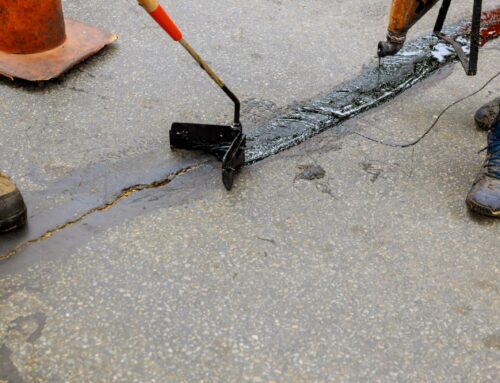In one of our earlier blogs this month, we took a detailed look at the differences between highways and freeways. We also spent a brief amount of time discussing surface streets. In our blog today, we are going to look a little closer at the subject of surface streets. After all, these are the streets that we spend the majority of our time on. These are the streets that get us from our homes to the grocery store, or from work to the gym. These streets come in all shapes and sizes and have a wide variety of different names. So what do all these names mean? Is there a real difference between an avenue and a lane? Let’s find out!
Streets: A street is a type of road. To further clarify, all of the surfaces we are discussing today are types of roads! Road is the parent class which all other subdivisions and categories fall underneath. Streets are defined as the individual paved roads you will find within the city.
Avenues: Under the traditional term, an avenue is a straight road lined with trees, shrubs, or other landscaping on each side. A traditional avenue is used to emphasize the appearance of the architecture of the road or the beauty of the surrounding area. Under modern use, avenues are typically numbered, with the number rising the further they go from the central street.
A Court: The term “court” is only used when a small street terminates in a cul-de-sac. Courts are almost never longer than a few hundred yards at most.
A Lane: A lane is a more narrow type of street which typically lacks a shoulder or a median.



